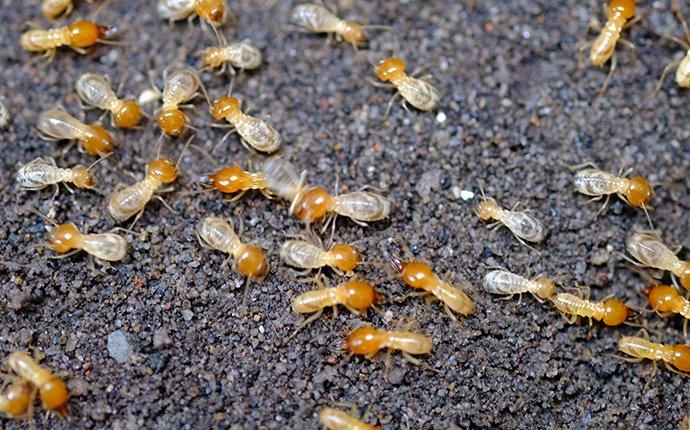Termite extermination is vital for protecting your property from the extensive damage these wood-destroying insects can cause. Termites can silently and relentlessly consume wood structures, leading to significant structural issues and costly repairs. Effective termite control involves identifying the presence of termites, implementing preventive measures, and using appropriate extermination techniques to eliminate them and prevent future infestations.
Identification and Monitoring:
The first step in termite extermination is identifying signs of their presence. Common indicators include:
Mud Tubes: Termites build mud tubes to travel between their colony and food sources.
Wood Damage: Hollow-sounding wood, blistering, and peeling paint can indicate termite activity.
Swarmers: Winged termites, or swarmers, are often seen near windows and doors, especially during warm weather.
Regular monitoring, including professional inspections, helps detect termite activity early and allows for timely intervention.
Preventive Measures:
Preventive measures can help reduce the risk of termite infestations:
Moisture Control: Termites are attracted to moisture. Fix leaky pipes, ensure proper drainage, and use dehumidifiers in damp areas.
Wood Management: Keep wood piles, mulch, and debris away from the foundation of your home. Use termite-resistant wood for construction when possible.
Physical Barriers: Install physical barriers, such as metal mesh or sand, around the foundation of your home to prevent termite entry.
Extermination Techniques:
Several methods can be employed to exterminate termites once an infestation is detected:
Liquid Termiticides: Applied to the soil around your home’s foundation, liquid termiticides create a barrier that kills termites on contact.
Bait Systems: Termite baits contain slow-acting insecticides that termites carry back to their colony, eventually eliminating the entire colony.
Foam Treatments: Foam termiticides can be injected into walls and other hard-to-reach areas to kill termites.
Heat Treatments: Professional pest control services may use heat treatments to raise the temperature in infested areas to levels that are lethal to termites.
Professional Extermination:
Due to the complexity and severity of termite infestations, professional extermination is often necessary. Pest control experts have the knowledge, experience, and tools to effectively eliminate termites and prevent future infestations.
Ongoing Maintenance:
After exterminating termites, it’s important to maintain preventive measures and regularly inspect your property for signs of activity. Professional inspections should be conducted annually to ensure termites have not returned.
Benefits of Termite Extermination:
Effective termite extermination protects the structural integrity of your property, preventing costly damage and repairs. It also provides peace of mind, knowing that your home is safeguarded against these destructive pests.
In conclusion, termite extermination is essential for maintaining a safe and sound property. By combining identification, prevention, and professional extermination techniques, you can effectively manage termite threats and protect your home from their damaging effects.

